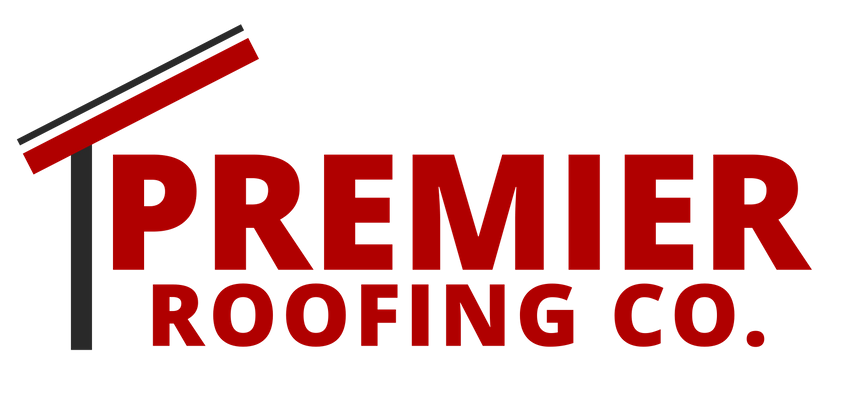WINTER ROOF LEAK OR CONDENSATION IN THE ROOF SPACE?
It is the time of year when we receive frantic calls from homeowners that believe that they have a roof leak occurring. This is worrisome for most homeowners at any time of year, but particularly frustrating during the harried holidays.
We have had the perfect conditions for condensation issues to occur. We have had very cold temperatures, little snow cover on the roof to act as an additional layer of 'nature's insulation', and temperature fluctuation from cold to warmer.
What Is Condensation?
Condensation is caused when water vapor comes into contact with cold surfaces and condenses to form dampness or water droplets. Moisture accumulation is most significant when outside temperatures are very cold because air can hold less moisture as the temperature decreases. If there is excessive moisture accumulation in your roof space it will condense on cold areas, mainly on the underside of the roof deck or inside exhaust air pipes or vents. A layer of frost can form on these cold surfaces, and when the temperature warms the frost will melt and mimic a roof leak. Older, 'hot' non-vented roofs are more susceptible to these issues occurring, and frequently result in water drips at exposed beams.
Condensation In The Roof Space
Condensation in the roof space is not normally a building fault. Normal daily activities in the living area of the home (such as taking showers and baths, washing and drying clothes, and cooking) produce warm air containing a large amount of water vapor. If the warm air can’t escape through an open window or air vent, it moves around until it finds a cold surface (which could be in the roof space) where it cools and forms condensation. Insulation laid on top of the ceiling in the roof space is an effective way of conserving energy and helps to keep the home warm. The amount of insulation that’s required to meet modern standards greatly reduces the amount of heat that enters the roof space from the rooms below. This can increase the risk of condensation because the surfaces in the roof remain cold. Most cases of condensation in roof spaces are temporary. They can happen when the weather is cold, or when it changes between warm and cold, or when there is a big temperature drop between day and night.
Controlling Condensation In The Roof Space
Water vapor can pass through most building materials and will enter the roof space through the ceilings. A greater amount can enter through air gaps in ceilings, such as around cables, pipes, roof hatches, and light fixtures (particularly recessed lighting). You are unlikely to prevent condensation in the roof space completely, but you should aim to reduce it to a level so that it doesn’t cause problems. Therefore, it is important to control the build up of water vapor in the living area of the home.
Produce Less Moisture and Reduce Moisture From Spreading Through Your Home
- Put lids on saucepans while you are cooking to reduce steam.
- Ensure that bathroom exhaust fans are properly vented through the roof or wall. You would be quite surprised at the number of times that we have seen exhaust vents that are improperly vented to the attic space.
- Make sure that all sources of air leakage into the attic are properly sealed.
- After showering leave the bathroom exhaust fan on for 20 - 30 minutes to help remove moisture from your living space.
- Monitor humidifiers in your home ... if condensation is forming on windows the humidity level is likely too high.
Lastly, it is important to have a properly vented roof assembly, and to make sure that the attic insulation is adequate. If you have a newer home that is properly vented it is important to make sure that air intake vents are not blocked, which will inhibit the flow of air.
IF YOU HAVE ANY QUESTIONS, OR IF YOU WOULD LIKE TO REQUEST A FREE ESTIMATE PLEASE CONTACT OUR OFFICE AT 346-4131 OR REQUEST YOUR FREE ESTIMATE ONLINE.

